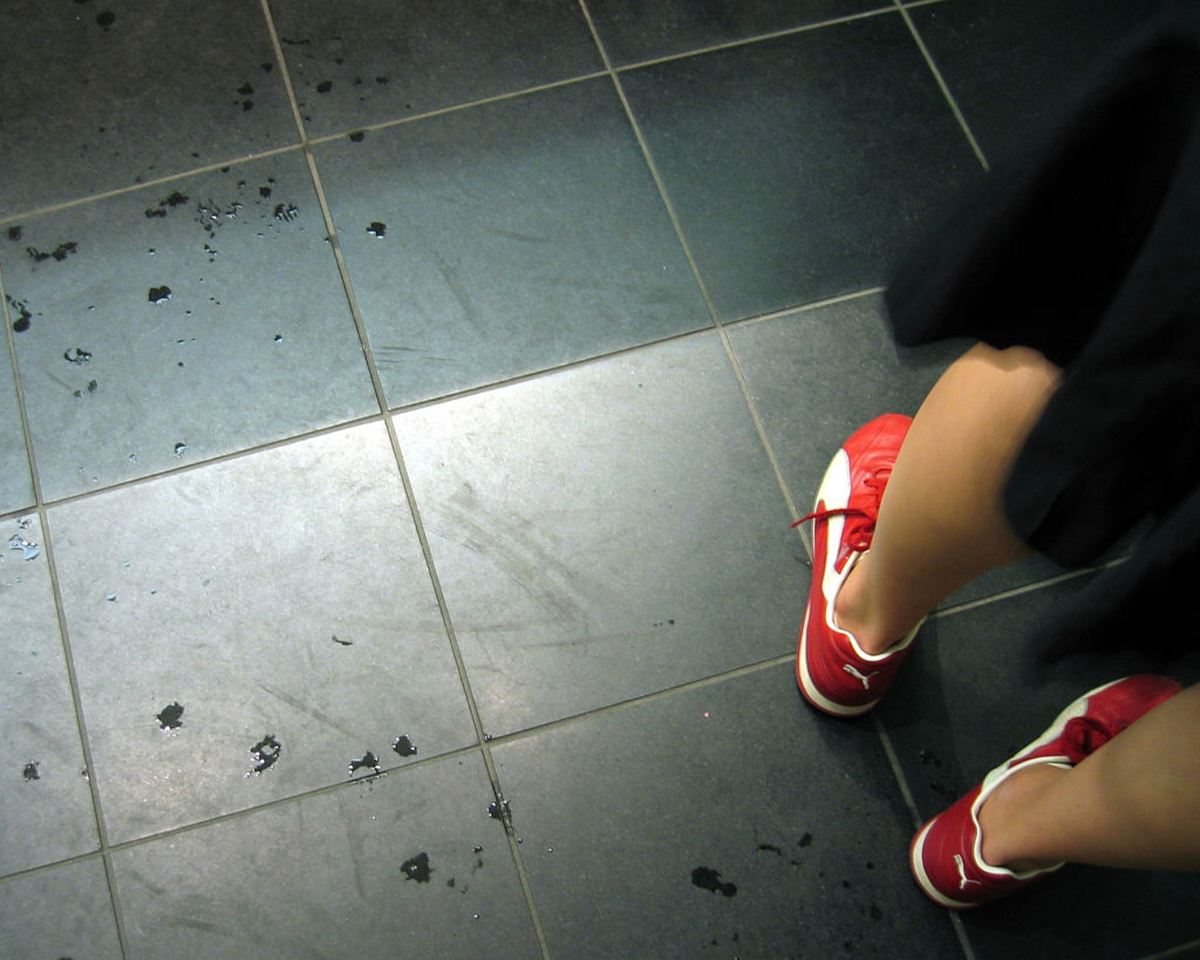Table of Contents
Well, for starters, public bathrooms, just like other opened spaces, are populated with free living organisms. In bathrooms particularly, they occupy the floor, toilet seats, sinks, towel dispensers, faucet handles and any other surface that allows human contact. Of all those surfaces, sinks are the greatest sites of bacterial colonies in public bathrooms, possibly due to the fact that large amounts of water are collected and become breeding grounds for those organisms. This was demonstrated by a study at the University of Arizona, Tucson.

Another thing is, because of the level of human movement and traffic in and out of public bathrooms, bacteria and viruses are indirectly exchanged from one person to another, even without the need of direct physical touch or contact between persons.
By doing so, the bacteria are in direct contact with your skin and adhere easily. In addition, during defecation or urination, it is very easy for the bacteria to be propelled up
Avoid the spread of microbes by washing your hands… thoroughly!
As part of the ASM's Clean Hands Campaign, a survey was done that revealed that out of the 95 percent men and women who claim to wash their hands after coming from the bathroom, only 67 percent truly do. These statistics are quite alarming, especially after having reviewed the different types of bugs that we are exposed to in public bathrooms.
Many people don't wash their hands properly. But unfortunately, some of us get reminded of this the hard way when we go through a bad episode of diarrhea from jumping on those apples right after a bathroom trip, without washing our hands. Because people do not automatically get sick every time they omit handwashing, they have a tendency to believe that it is okay to leave the bathroom without washing their hands, or simply do it so quickly it doesn't get the chance to wash away all the germs.
See Also: Laundry Bacteria In Your In Your 'Clean' Clothes: Are You Using The Sick Laundry Cycle?
First of all, wet your hands with warm or cold running water. Next, apply soap (liquid or solid is fine) and lather your hands by rubbing them together with soap. Make sure to lather the back and front of your hands, in between your fingers, as well as your fingernails. Then, scrub your hands for about 20 seconds and then rinse them with clean, running water. End the process by drying your hands with a clean towel or an electric hand dryer. Just ensure that they are completely dry before handling any other surface.
When flushing the toilet, cover your fingers with some tissue paper to avoid direct contact. Similarly, avoid sitting directly on the toilet bowl when using public toilets. You are better off safe than sorry!
- Photo courtesy of Margaret Shear by Flickr: www.flickr.com/photos/shearforce/2825837792
- Photo courtesy of Susan Sermoneta by Flickr: www.flickr.com/photos/en321/19208531
- http://www.webmd.com/balance/features/what-can-you-catch-in-restrooms?page=2 http://www.cdc.gov/handwashing/when-how-handwashing.html
- www.askmen.com/sports/health_60/68_mens_health.html
- jonbarron.org/article/dangers-bathroom#.U-rHn_l5NrY


Your thoughts on this